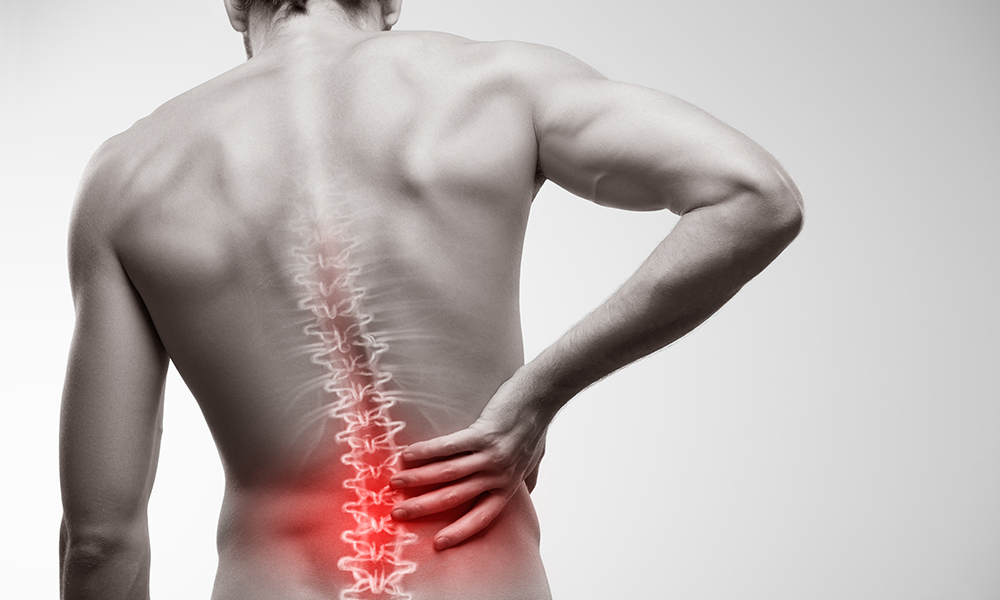Back injuries are common and can be caused by various reasons/activities like strenuous activity, heavy sport, horse riding, sudden jerk in any accident, bump, fall or knock. Back injury pain can be caused by any type of injury to the backbone, connective tissue, joints, back muscles, intervertebral discs, or nerves. It can cause great discomfort.
Symptoms of back injury
There are many reasons a person can feel pain in the back. Lower back pain can also be caused by improper sleep posture, sprain, or strain. This pain eases on its own with rest. Some injury pain is more severe and, if untreated, may lead to permanent damage. The different symptoms, from the simple signs to the severe ones indicating back injury pain, include the following.
- Pain or tenderness in the back region
- Pain while movement, sneezing, coughing, or laughing.
- Difficulty or stiffness in moving
- Pain radiating down to both legs.
- Shortness of breathing or difficulty in breathing
- Numbness or needles and pins to the hands, arms, legs, or feet.
- Paralysis
- Blood in the urine.
Types of back injuries
The back injury may affect the back’s main three portions, including the thoracic back region, middle back region, and lower back area. The different types of back injuries include the following.
- Sprains and strains: The sprain or the strain can be caused by sudden action or can even be caused slowly. The back sprain is caused because of a sudden twist or fall. Other reasons also include trauma. The strain in the back occurs from pulling or twisting the back muscle or the tendon in the back region. Overstretching the back muscle may tear the ligament and cause inflammation. This may lead to a back spasm, which makes the movement difficult. These are the most common types of back injuries.
- Herniated or bulging discs: This is also a common type of back injury involving the herniated or bulging disc. The bulging of the discs occurs when there is any problem with the discs, which are rubbery cushions between the vertebrae. In a herniated disc, the material inside the disc leaks out, leading to pinching. This irritates the nearby nerves leading to pain that radiates to other parts of the body.
- Fractured vertebrae: The vertebral fracture can be of different types, ranging from a simple compression fracture to a burst fracture where the bone explodes into pieces. This damages the tissues around the spine and the nerves. This injury causes a lot of pain and leads to limited movements.
Management of back injury pain
Different methods can manage back pain injuries that include the following.
- Physical therapy: The physician and then spine physical therapist suggest some set of exercises tailored depending on the condition of the patient. This exercise includes retraining the posture, testing the limits of pain tolerance, exercises for stretching and flexibility, core strengthening, and aerobic exercises.
- Meditation: Back injury pain causes physical and emotional strain. To manage this irritability, frustration, and depression, it is suggested to carry out meditation, yoga, and other relaxation strategies, which help to keep the mind calm and move focus away from pain.
- Diet: The diet should exclude the food items which can increase inflammation. Food like a high content of trans fats, processed foods, refined sugars should be avoided.
- Use cold and hot compress: Use a cold compress or covered ice packs on the first day for 15- 20 minutes every 3 hours. This helps in reducing the swelling and easing the pain. This is followed by using a hot compress or hot bath or hot moist towel compress, which reduces the pain and helps in the recovery process.
- Surgical management of back injury: Discectomy and vertebral fusion are the common surgeries that help in treatment. A discectomy is a process that involves the removal of a small part or entirely injured spinal disc. This process is usually followed by vertebral fusion. This vertebral fusion involves creating a structure between the vertebrae or replacing the damaged disc with an appropriate spacer.
- Alternative treatment: This includes massage, acupuncture, laser therapy, biofeedback therapy, electrical nerve stimulation, and other non-surgical spine treatments.
- Medication: various medications can be given based on a person like analgesics, muscle relaxants, and anti-inflammatory.
One needs to understand the proper type of back injury causing the pain. This will help in the proper treatment of back injury pain. If this injury is not treated early, it may lead to permanent damage.


